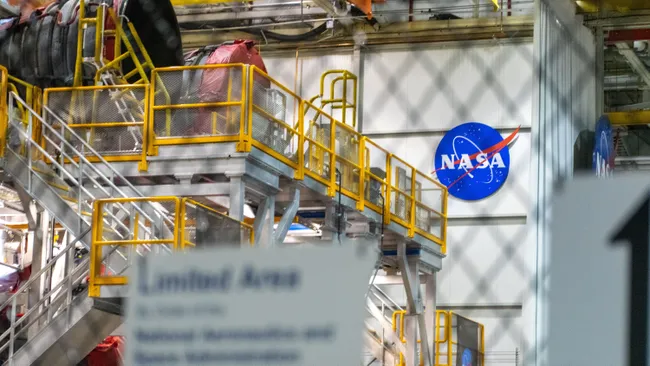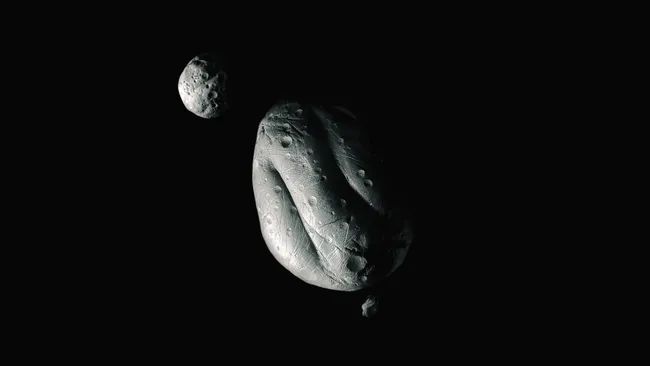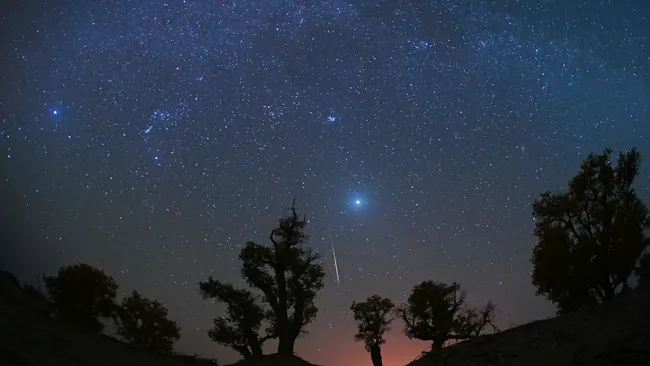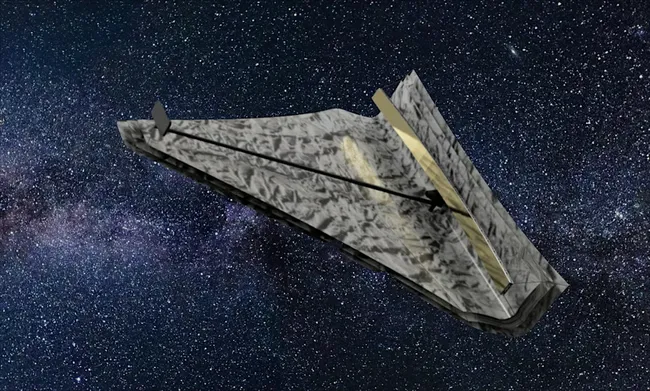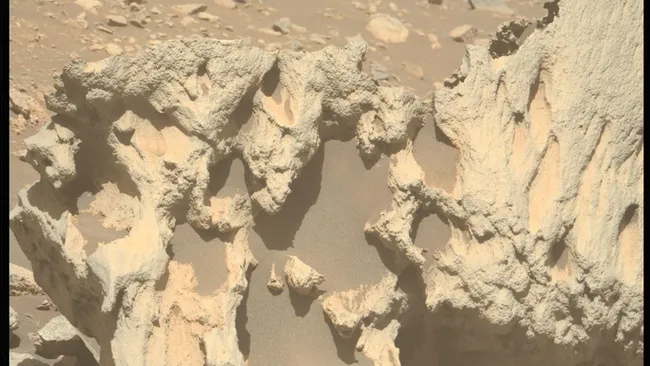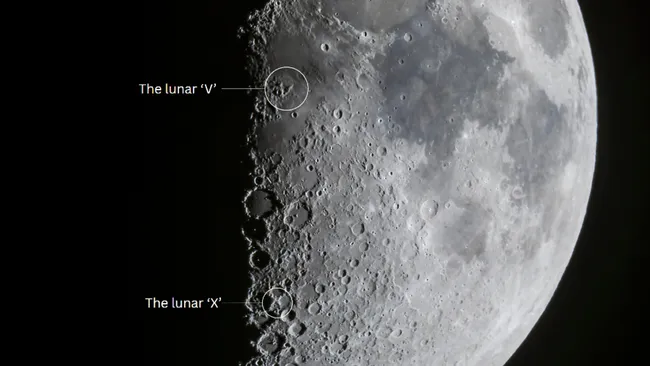More than 15,000 NASA civil servants have been furloughed as the U.S. federal government officially enters a shutdown.
The funding lapse forces NASA and other federal agencies to halt nearly all daily operations after lawmakers in Washington D.C. failed to approve a spending bill by the deadline. Only a fraction of NASA’s workforce remains active, limited to missions that cannot pause without risking astronaut safety, critical assets, or White House priorities.
According to NASA’s shutdown plan released September 29, out of 18,218 employees, 15,094 are furloughed. Just over 3,100 are deemed “excepted” and remain on duty. In comparison, the 2023 continuity plan projected 17,007 furloughs with only 1,300 exceptions. The lower figure this year reflects expanded exemptions for Artemis, which now covers the full program.
This exemption underlines NASA’s determination to keep Artemis 2 on schedule. The mission, planned for no earlier than February 5, 2026, will fly four astronauts around the moon, marking the first crewed lunar mission since Apollo. Artemis 3 will follow, aiming to land astronauts on the lunar surface.
Lawmakers argue delays could give China the upper hand in the new lunar race, with significant geopolitical consequences. Any setbacks to Artemis 2 would cascade into Artemis 3, endangering the entire timeline.
The updated shutdown plan also restricts carryover funds, limiting their use to presidential priorities. Space policy experts see this as an unusual directive possibly designed to consolidate resources toward White House initiatives. Casey Dreier of the Planetary Society noted the shift could divert funds away from original allocations.
Securing facilities and executing the shutdown is expected to take about half a day. NASA ensures critical missions remain uninterrupted, including operations aboard the International Space Station, and satellites vital for weather monitoring, disaster response, and space debris tracking.
Meanwhile, most of NASA’s research, from science grants to technology projects, is frozen. Public engagement platforms such as visitor centers, NASA TV, and social media accounts have gone dark. Contractors face uncertainty: while some work may continue with existing funds, oversight gaps risk slowing progress.
Furloughed employees are legally barred from conducting NASA work, even voluntarily. Only select staff are permitted to oversee the shutdown process during its initial hours.
Though federal law guarantees back pay for civil servants, when payments will arrive depends entirely on how quickly Congress resolves the budget impasse.

